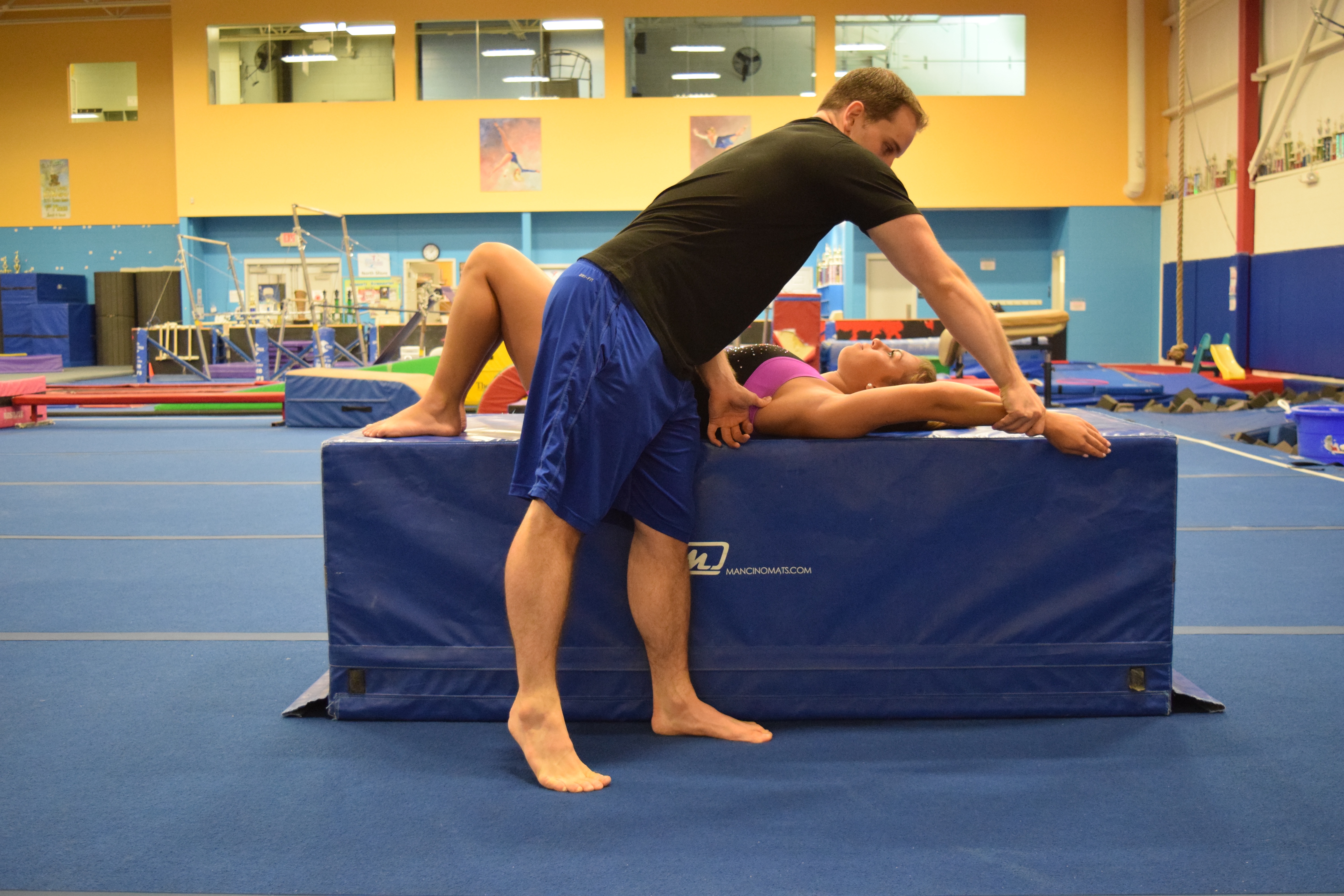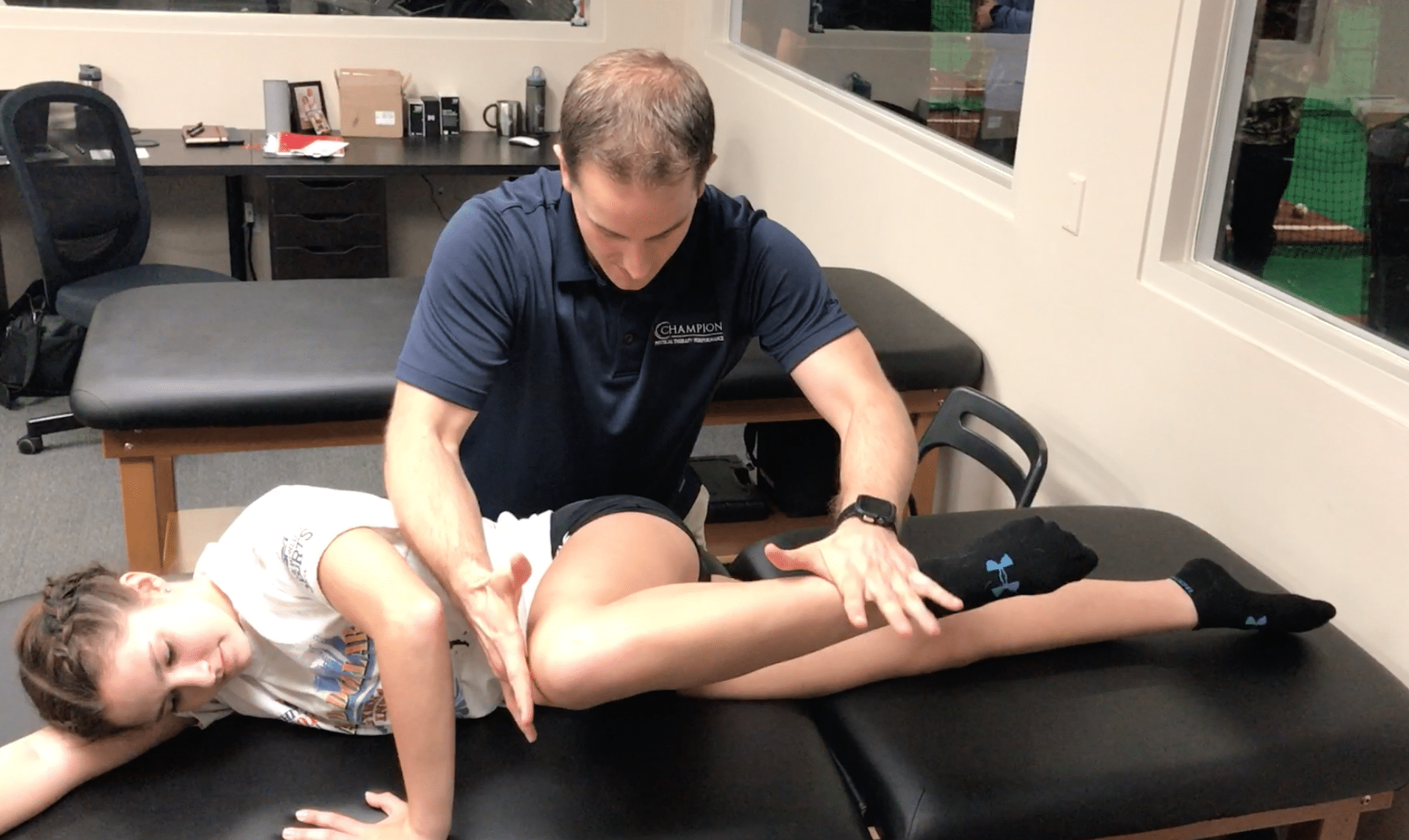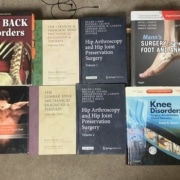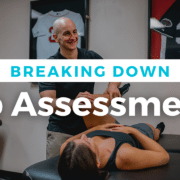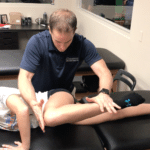A Brain Spill on Mechanical vs Neurological Effects in Physical Therapy (Part 1)
Table of Contents
Background
I think one of the most controversial / debated topics in the current Physical Therapy scene is whether mechanical vs neurological mechanisms drive effects seen for both manual therapy and exercise (spoiler alert it’s probably both).
Over the last 4 years of diving into continuing education and research, it’s pretty clear to see that large differences in opinion exist. I personally found myself making the big mistake of getting highly invested in only one school of thought, while not entertaining the competitive viewpoint.
Looking back, I feel this caused me to have a really closed minded thought process. I lacked a self reflecting “devils advocate” type approach that I think really limited my ability to help a broader range of people.
Right out of PT school I was neck deep in pain science, and very much a neuro/motor control geek. This is in contrast to my PT schooling that was very mechanical and tissue level focused. As I moved more into treating higher level athletes, I found the more mechanical theories I had originally been taught held a ton of value. Now, as with most things, I sit somewhere in between realizing they are not mutually exclusive, and that it all comes down hearing what the patient in front of you is saying.
In another more “brain spill” type post, I wanted share the thoughts I currently have as I work with people or read research. These types of rolling journal scribbles really just help organize my ideas. I also wanted to include lots of research / resources I have been reading for other peoples benefit.
**Public disclaimer** this is just an opinion post and I do not ties to any system. I read a lot, write down a lot of things in book margins, and try to piece it together just like everyone else. No offense to any person, any system, or those who hold their own beliefs. Please strongly consider this before going all nuts in the comment section on social media and throwing a wrench in the holiday spirit.
A lot of this is really just an a bullet by bullet style of writing, similar to Charlie Weingroff’s awesome “Random Thoughts” post. Lots of nerdy jargon and sporadic thoughts, apologies if it’s not in formal writing style but this is exactly how it floats around in my head.
Mechanical / Bioplastic Thoughts
In the last year I have mainly been reading interesting research papers on mechanical signal transmission to a cellular level (“mechanotransduction”), tendon loading responses in relation to tendinopathy, and possible blood flow/passive tissue changes with self soft tissue work. For those interested, check these papers out below.
Ingber D, Want N, Stamenovic D. Tensegrity. Cellular Biophysics, and the Mechanics of Living Systems. Rep Prog Phys. 2014 April ; 77(4)
Thompson WR. et al. Understanding Mechanobiology: Physical Therapists as a Force in Mechanotherapy and Musculoskeletal Regenerative Rehabilitation Phys Ther. 2016 Apr; 96(4): 560–569.
Donald IE. Tensegrity and Mechanotransduction. J Bodyw Mov Ther. 2008 July ; 12(3
Mammoto A1, Mammoto T, Ingber DE. Mechanosensitive mechanisms in transcriptional regulation. J Cell Sci. 2012 Jul 1;125(Pt 13)
Thompson R1, Chan C2. Signal transduction of the physical environment in the neural differentiation of stem cells. Technology (Singap World Sci). 2016 Mar;4(1)
Cook JL1, Rio E1, Purdam CR2, Docking SI1. Revisiting the continuum model of tendon pathology: what is its merit in clinical practice and research? Br J Sports Med. 2016 Oct;50(19
Peter Malliaras P, et al. Patellar Tendinopathy: Clinical Diagnosis, Load Management, and Advice for Challenging Case Presentations. Journal of Orthopaedic & Sports Physical Therapy, 2015 Volume:45 Issue:11 Pages:887–898
Portillo-Soto A1, Eberman LE, Demchak TJ, Peebles C. Comparison of blood flow changes with soft tissue mobilization and massage therapy. J Altern Complement Med. 2014 Dec;20(12):932-6. doi: 10.1089/acm.2014.0160.
- The biggest theoretical question I have from this literature surrounds the effects of manual therapy and exercise on mechanical tissue pathways. There are many well established mechanical pathways to loading, and the transfer to manual therapy is definitely interesting. In my head I ask, “Is the mechanical stimulus of manual therapy and weight bearing progressions tapping into these same mechanotransductive concepts noted in a laboratory setting?”
- It’s well known that strength training and appropriate loading produce significant tissue changes and mechanical effects through cellular pathways. Maybe it is possible that certain degrees of soft tissue force with hands on or tool work also taps into the the mechanotransductive pathways these papers outline (YAZ/TAD, Rho-GTPase, etc). It’s really hard to tell. I think we need some microbiology researchers and sports/ortho PT’s to team up over adult beverages to tackle this research study.
- It would be very mind blowing to think that as practitioners certain degrees hands on force can influence nuclear level DNA and transcriptional gene changes. Advocates for this theoretical construct may suggest the mechanical force from hands on/tool work is being converted into biochemical changes at a cellular level through the tensegrity principle outlined in the above papers. Although cytoskeletal scapholding are clearly demonstrated in these studies (and this would be sweet to learn our hands have that influence), there is a lot of gray area to be shaded in here with empirical evidence. There has been some cellular collagen type III stimulus shown in rat models in relation to tool work, which raise more consideration to this.
- That being said, we can’t get too carried away with theory, and we certainly do not want to go crazy black and blueing patients with IASTM tools (more below). I also think we sometimes get a little too stuck on the need to treat entire sections of the body due to “down the road” tissue effects. That being said, the mechanical effects demonstrated with cellular mechanotransductive pathways raises the question on appropriate force based on the context and injury presentation.
- I also think we need to be very cautious giving patients a rationale or explanation we don’t fully understand yet. I’m very transparent with clients saying “well the latest research and my personal opinion support ________”
- Also, remember these changes have been seen in a very controlled laboratory setting with crazy equipment to manipulate variables. These thoughts could quite easily just be jumping off the deep end too much as their isn’t high quality evidence (or I haven’t found it yet) that supports this claim.
- Maybe the outlined mechanical effects is already what is happening with basic manual therapy and intelligent application of weight bearing progressions, tissue healing, and the available strength and conditioning principles around tissue adaptation. It could just be we now have better evidence and technology to get support for what we intuitively have thought. Hundreds of great histological studies already outline tissue level effects to force during weight bearing or loading progression (tendoninopathy, articular cartilage, range of motion effects, strength hypertrophy literature, etc). Maybe we don’t need to reinvent the wheel but more so revisit and really hammer home the basics with our patients (lots of credit to Mike Reinold on this thought in our conversations).
- On a related but separate note, for those following the newer modalities of Blood Flow Restriction training, this concept of mechanical tension and mecahnotransduction for stimulating the cascade of adaptive mechanisms is crucial. I totally get and understand the metabolic stress theory for hypertrophy, but we have to remember that the other mechanical pathway of muscle hypertrophy in relation to tensile loading is crucial to the clients we work with. The pathways of mechanical loading and tensile tissue capacity are well known, and are essential for patients to go through in a rehabilitation setting for their life/sporting demands.
- I’m all about getting hypertrophy in a setting when sub maximal loading is not tolerable (acute injury, post operative) but I caution people jumping to conclusions on applying it for performance measures or as a shortcut to anatomical adaptation. I personally have not taken a course on this topic, and likely people teaching those courses consider this concept. I just thought it was worth nothing, and if you are looking for more check out this recent paper discussing this.
Pearson SJ1, Hussain SR. A review on the mechanisms of blood-flow restriction resistance training-induced muscle hypertrophy. Sports Med. 2015 Feb;45(2):187-200. doi: 10.1007/s40279-014-0264-9.
- For what it’s worth, I by no means am a research expert to analyze the internal and external validity, or the statistical validity, of this paper. Never exclude yourself as a barrier of false interpretations.
Neurological / Neuroplastic Thoughts
Like I mentioned, I spent a great deal of time studying pain science and there have been just as many more neurological based papers offering contrasting view points. I also think these concepts are ver valuable both in the general and sporting populations. There have been times the biomechanics approach and tissue loading concept terrifies people who are in acute pain, and can be problematic. There are other times that the patients presented in a way that this explanation hit the nail on the head, made total sense, and got great buy in / results for treatment.
As examples, interesting papers related to fascial deformation and possible mechanisms behind manual therapy weigh in differently about hands on work having a mechanical effect. There have also been great foam rolling research reviews that offer non mechanical points of view. These support the contrasting view of a more sensory input, descending modulation, and neural regulation approach to soft tissue work.
Chaudhry H1, Schleip R, Ji Z, Bukiet B, Maney M, Findley T. Three-dimensional mathematical model for deformation of human fasciae in manual therapy. J Am Osteopath Assoc. 2008. Aug;108(8):379-90
Bialosky JE1, Bishop MD, Price DD, Robinson ME, George SZ. The mechanisms of manual therapy in the treatment of musculoskeletal pain: a comprehensive model. Man Ther. 2009 October ; 14(5): 531–538
- Along with the mechanical effects of tendon pathology, alternative more neurological thoughts surrounding isometric based tendinopathy have been presented.
Cook JL1, Purdam CR. Is tendon pathology a continuum? A pathology model to explain the clinical presentation of load-induced tendinopathy. Br J Sports Med. 2009 Jun;43(6):409-16
- Many people argue that the effects of manual therapy are largely non specific, and that the broader more neurological modulation is what is in effect for seeing progress. Some people go so far as to argue that being specific with manual therapy is not a productive use of time, due to this more general neurological influence coming from central modulation or peripheral anti-nociceptive inputs related to threat perception. This paper is one that is helpful in considering these concepts,
Vigotsky AD1, Bruhns RP2. The Role of Descending Modulation in Manual Therapy and Its Analgesic Implications: A NarrativeReview.
- Does manual therapy to a certain area really help reduce the neurotag trigger, remap the cortical homunculus, and reduce threat associated with that area to regain use? Just as with the above mechanical pathway argument, it would be awesome to know this for sure, but it is challenging to know. Talk about another tough study to put together. Again, cue the pain science world teaming up with some histology researches over some adult beverages to knock this study out. I will say there are theoretical hints of evidence of this, like with this paper on touch influencing subcortical/cortical. nociceptive responses in the journal of pain from 2015.
Mancini, Flaviaa,b,*; Beaumont, Anne-Lisea; Hu, Lic; Haggard, Patrickb; Iannetti, Gian Domenico D.a Touch inhibits subcortical and cortical nociceptive responses Pain:October 2015 – Volume 156 – Issue 10 – p 1936–1944
- Again for what it’s worth, I by no means am a research expert to analyze the internal and external validity, or the statistical validity, of this paper. Never exclude yourself as a barrier of false interpretations.
- Taking even a bigger step back from this, there is an argument that one reason manual therapy works is because it is an opportunity for the client to actually relax. The patient may not have had the time/opportunity to truly relax muscular tone, allow for soft tissue relaxation, and move away from their constantly sympathetically driven day to day state. The concept here being that the ability to lay on a table for hands on work fosters a parasympathetic shift, and that this may be a neural mechanism mechanism behind reduced muscle stiffness
- This can be paired with the idea about self induced stress response, fears proagated by mainstream media / uninformed healthcare providers, and more. Cue the recommendation for Why Zebra’s Don’t Get Ulcers.
- Not to mention the idea of the benefit of a clinician just being a normal human who is open to listening to someones problems. Along with reducing anxiety, the ability to induce the placebo effect through discussion/treatment definitely may apply in relation to benefits of soft tissue or hands on work. There is also the existing biopsychosocial approach that impacting other lobes oft he brain can interact and disrupt the neurotic loop.
- Those familiar with the pain science literature will also know that Adrian Louw has a great course on medbridge that outlines his thoughts on these concepts. I highly recommend you check that out for some new ideas. Lorimer Mosely also presented an awesome paper recently in BJSM of how
Sarah B Wallwork1, Valeria Bellan1, Mark J Catley1, G Lorimer Moseley1,2 Neural representations and the cortical body matrix: implications for sports medicine and future directions. Br J Sports Med doi:10.1136/bjsports-2015-095356
If you took the time to read (or even skim) all the way through that, I greatly appreacite it. That’s all for now and I hope you got some brain fuel going. More in part 2 later this week.
-
Dave Tilley DPT, SCS

